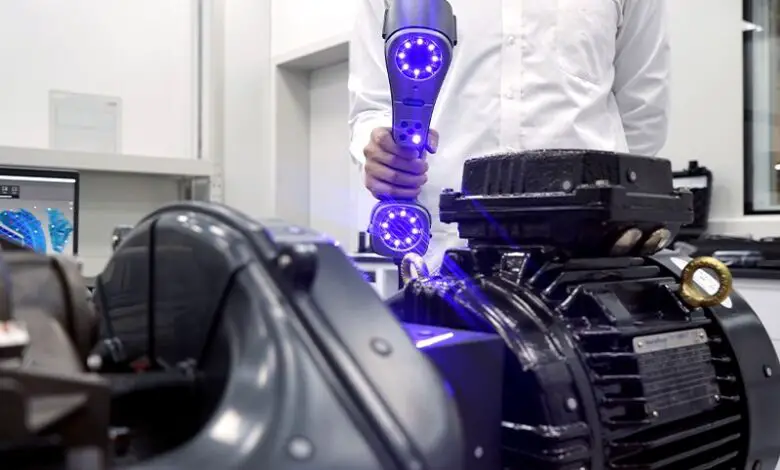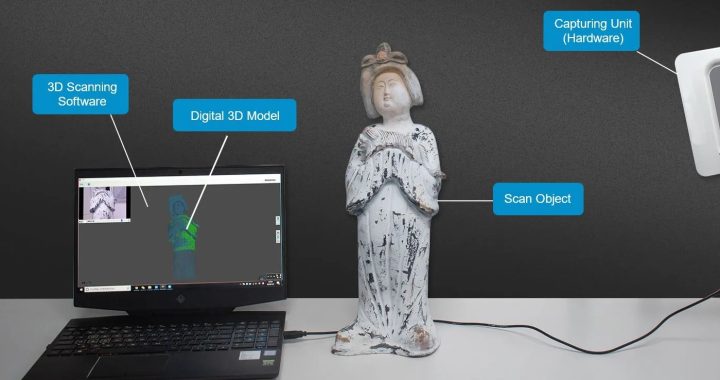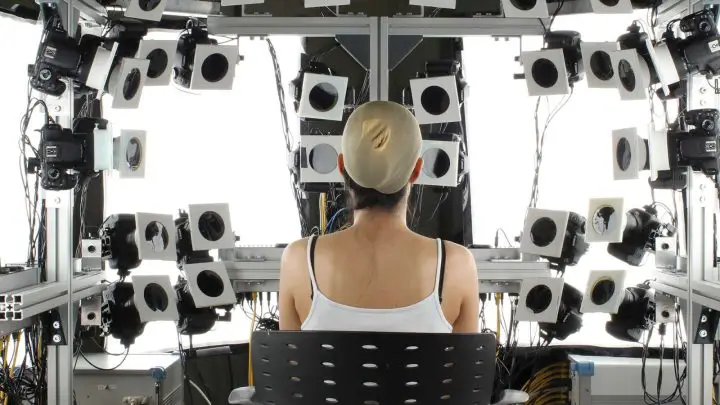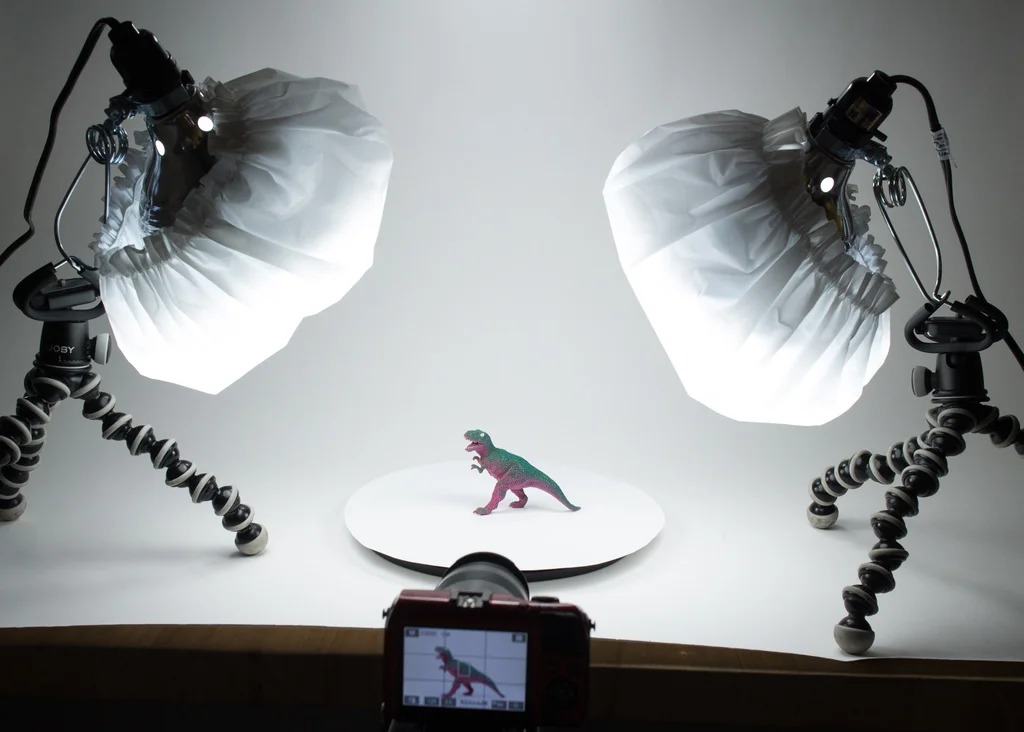
Technological advancements have impacted every single segment of contemporary life, regardless of which particular branch of industry or life segment we would want to refer to. Even though specific improvements might cost a small fortune, the amelioration they potentiate in the long run justifies the invested capital. Naturally, in order to utilize the potential of state-of-the-art gadgets, one must know how to operate them appropriately. Unquestionably, 3D scanners apply for the category, but even though an overwhelming majority of tech enthusiasts grasp the idea of what they might do, they miss the practical part of the equation. Therefore, we invite you to read the following list of tips for understanding the 3D scanning process and figure out how to make them work for your cause.
What’s the Point?

If we would start enumerating practical uses of 3D scanning, it would take more time than both you and we have on our hands. Thus, we will try to summarize the concept and shorten the story as much as possible. In a nutshell, 3D scanning allows you to transfer a physical object into a digital form. The model you welcome to the digital world would be defined by 3 dimensions and suitable for further manipulation.
Now that we have covered the basics, we should underline that the potential of the concept knows no boundaries, and is equally cherished by artists, designers, archeologists, craftsmen, architects, etc. The road from the realm we live in, to the digital world is not as simple as it might seem, at least not if you want to do the job just as the doctor prescribed. Therefore, let us shift your focus to how the 3D scanners do their thing.
Types of 3D Scanners
Depending on which technique they use, we have 3 different types of scanners that share the same goal. -recreating a real-life model in a digital environment. Thus, assess which of the following would meet your wants and needs most suitably.
Laser Scanners
A laser is nothing but a beam of concentrated light the user controls. The scanner uses laser dots to map the object and recreates a realistic copy by measuring its distance from the source. Furthermore, the device triangulates the data and recreates a faithful digital copy. Even though this type of 3D scanner does a great job, we should emphasize that the quality of the work depends on the gear you have.
Namely, laser scanners are everything but cheap, and the bigger they get, the more you would have to spend for the pleasure of owning one. Still, the opportunities they bestow on the qualified user are easily chargeable, so they prove to be a valid investment. At 3d-scantech you can harvest more info on the topic
Structured Light Scanners
This version of 3D scanners uses light as a tool for bombardment and tracks its behavior once it hits the surface of the object you want to recreate digitally. Once the flash hits the targeted section, the scanner takes a photo and uses software to transfer the data to your PC. They are slightly more difficult to handle than the previously mentioned ones since one requires time to get proficient with them.
Additionally, we should clarify that not all structured light scanners are created equal. Namely, some models are envisaged to handle larger objects, while others focus on smaller details.
Photogrammetry 3D Scanners

Do not let the complicated name of this type of scanner scare you since they are the least complicated ones. Namely, photogrammetry scanners base their operations on taking numerous photos from various angles and using the fetched data to re-create the targeted model in digital form. Besides the form, they are cherished for the ability to collect color data, making them a useful tool for gaming, 3D printing, architecture, and even landscape mapping.
To make a long story short, the concept of photogrammetry uses software to merge a bunch of 2D photographs into a 3D model. Thus, all you need to make this work is patience, steady hands, a professional camera, and a computer program.
How to Take your Pictures for Photogrammetry

We shall talk more about this type of 3D scanning since the other 2 we have mentioned are relatively fixed to the type of gadget you have and are considered to be professional tools. Even though photogrammetry represents the cheapest way to re-create a 3D model, it also implies you know what to focus on to get the best results.
The Lighting
If you are using a camera to harvest the data, you should be aware that the same surfaces of a singular object might appear differently when captured from different perspectives. This might be troubling for the software to handle; thus, we urge you to be patient and try minimizing the differences as much as you can. The point is to control the reflection, and you can do so by manipulating the light sources in the environment.
The Size
The larger the object, the harder it is to transfer it to the digital world, at least when we talk about photogrammetry. We do not say it is impossible, but we should underline that bigger objects require more sophisticated equipment in terms of camera and software support.
Even the smaller ones do not represent ideal objects for processing, due to more detailed structure, finer lines, and inaccessible areas. Thus, we suggest you focus on medium-sized forms 10” to 40” in diameter, otherwise, the results you procure would only be useful partially. Naturally, more expensive 3D scanners such as laser, or structured light models could do the trick, but they would also squeeze more money out of your pocket.
The Software
A 3D scanner is useless without adequate software. Now, the expensive versions come with a dedicated toolset that should be sufficient for regular use. On the other hand, if you would want to make the most of your photogrammetry sessions, we should underline that sophisticated software costs money. In a nutshell, the higher the price tag, the better the performance, so make sure you assess your wants and needs and adjust them with your budget to come up with the most suitable solution.
Hopefully, the aforementioned pieces of information and suggestions will help you level up your 3D scanning game. Practice makes it perfect, but the most optimal results also imply having the right equipment. Thus, check your priorities and work with what you have, until you find the means to upgrade your toolset. On the other hand, you can always turn a blind eye to the printed price on a model you have been flirting with for quite some time and let your credit card carry the load.
